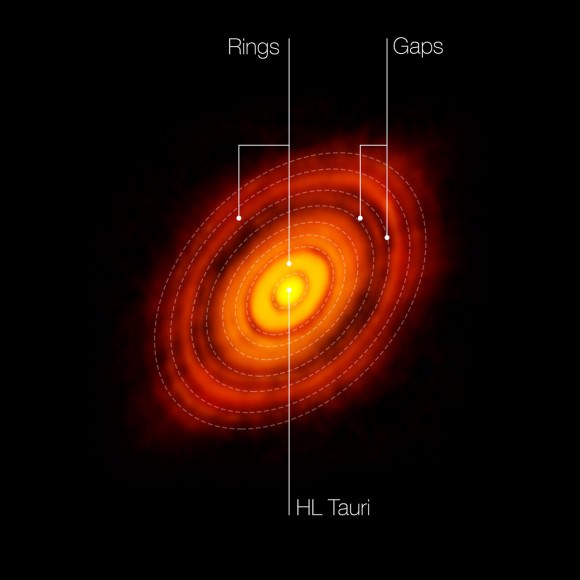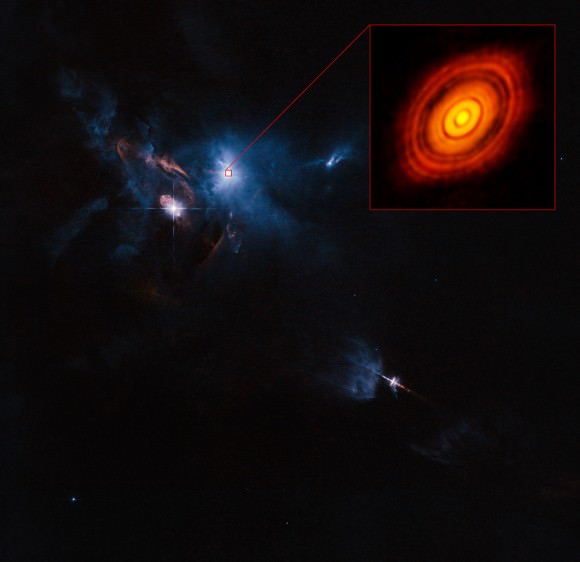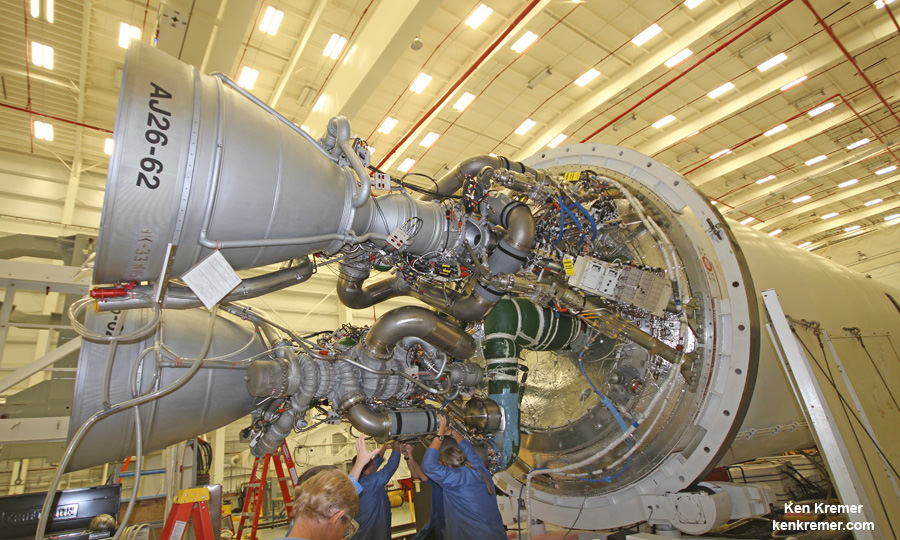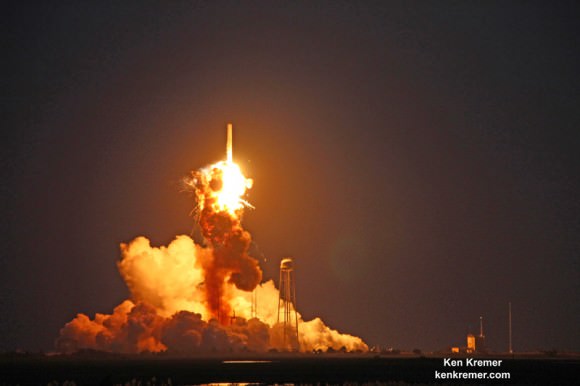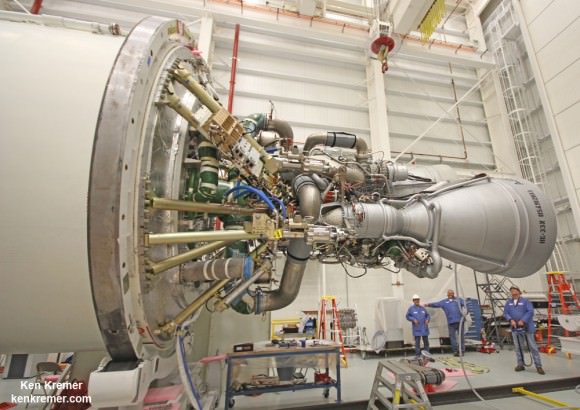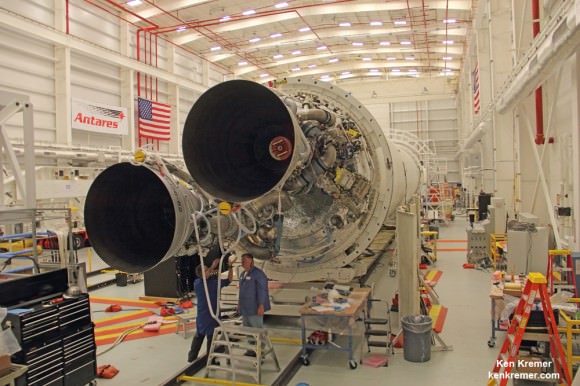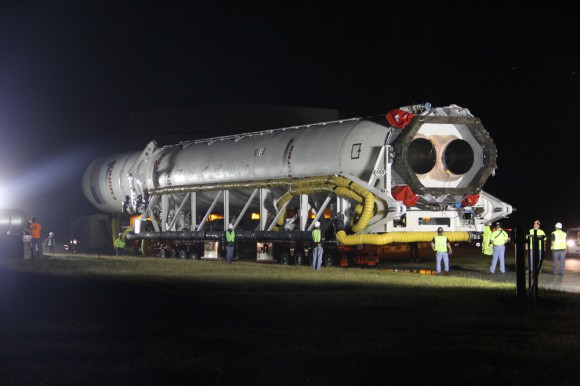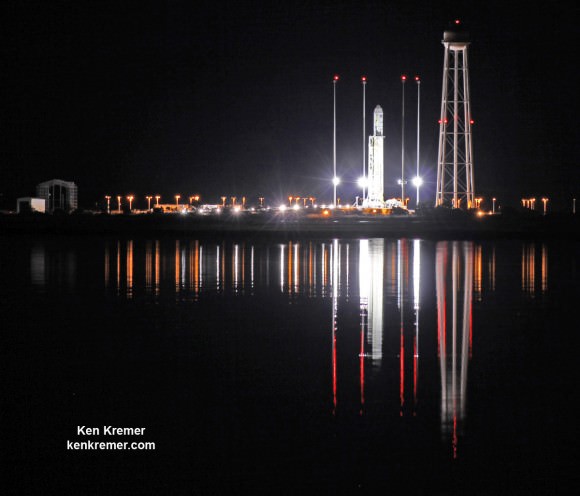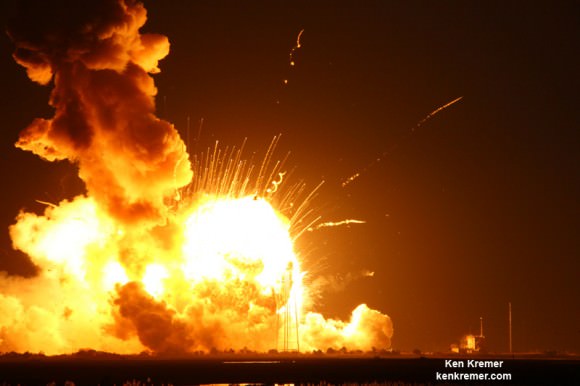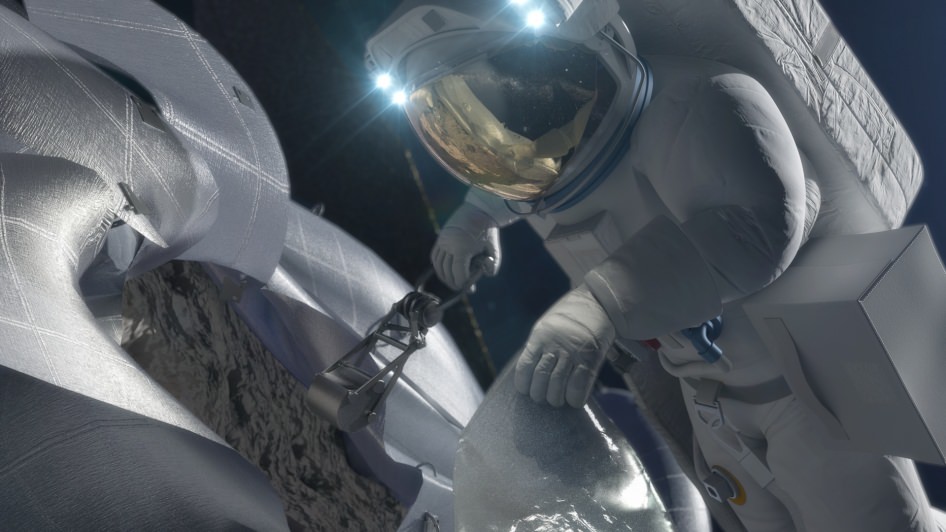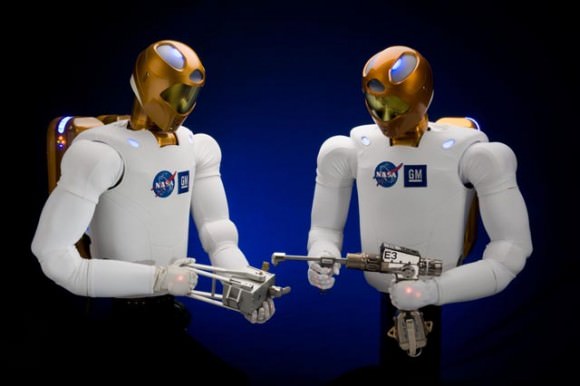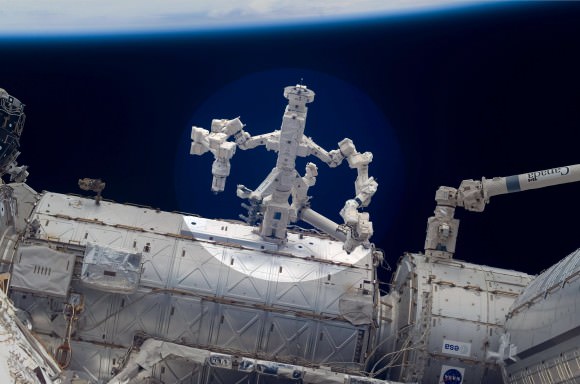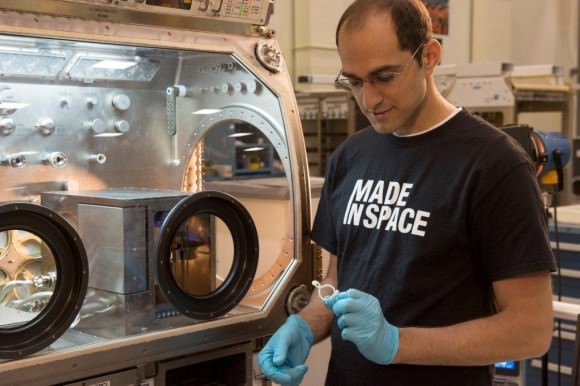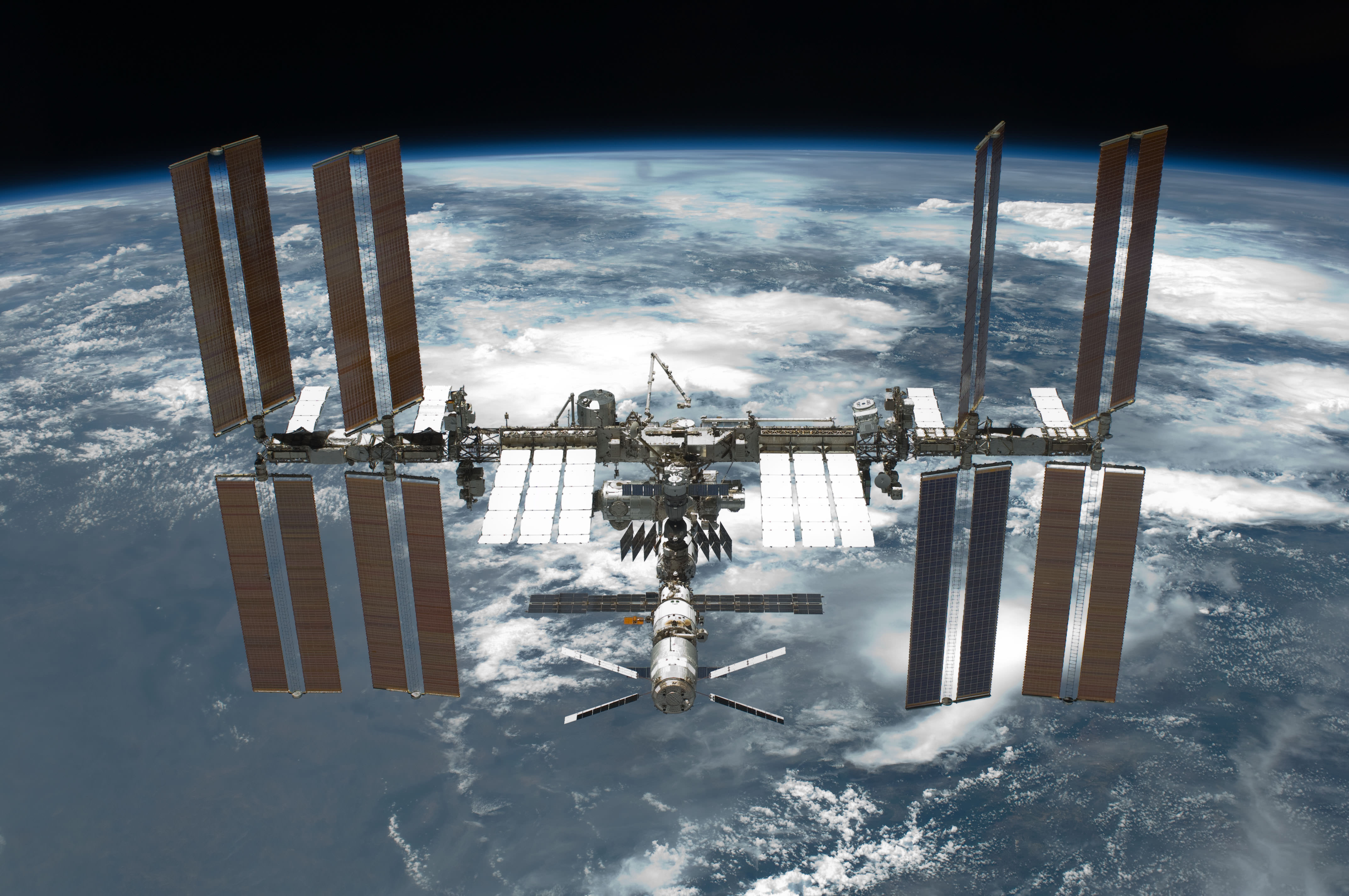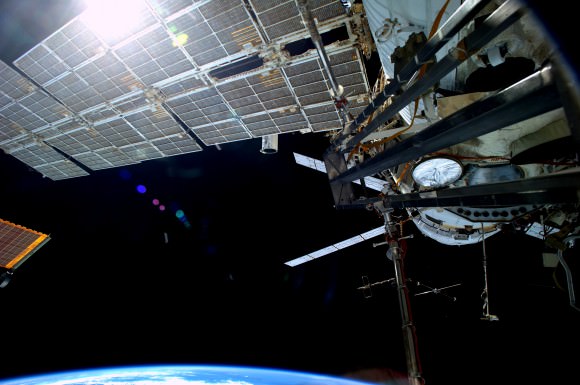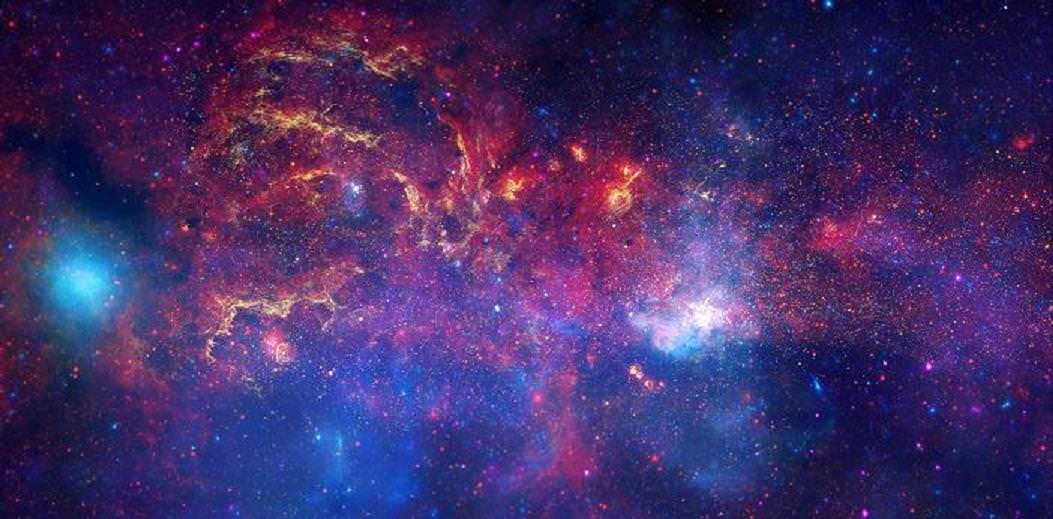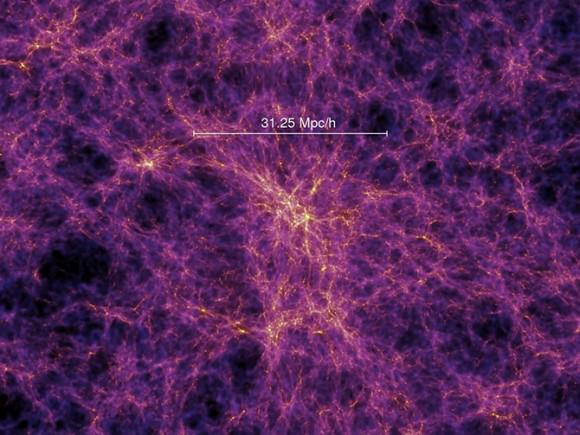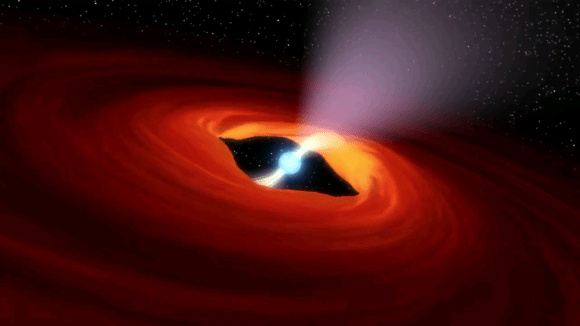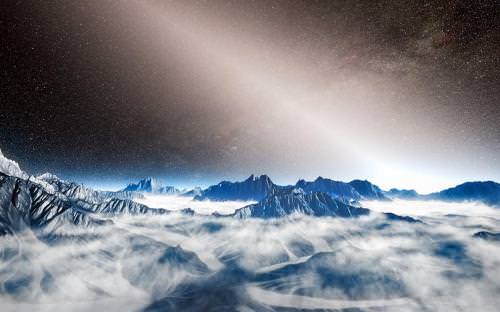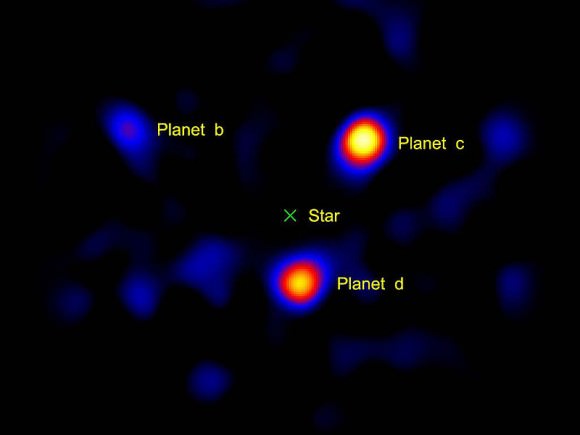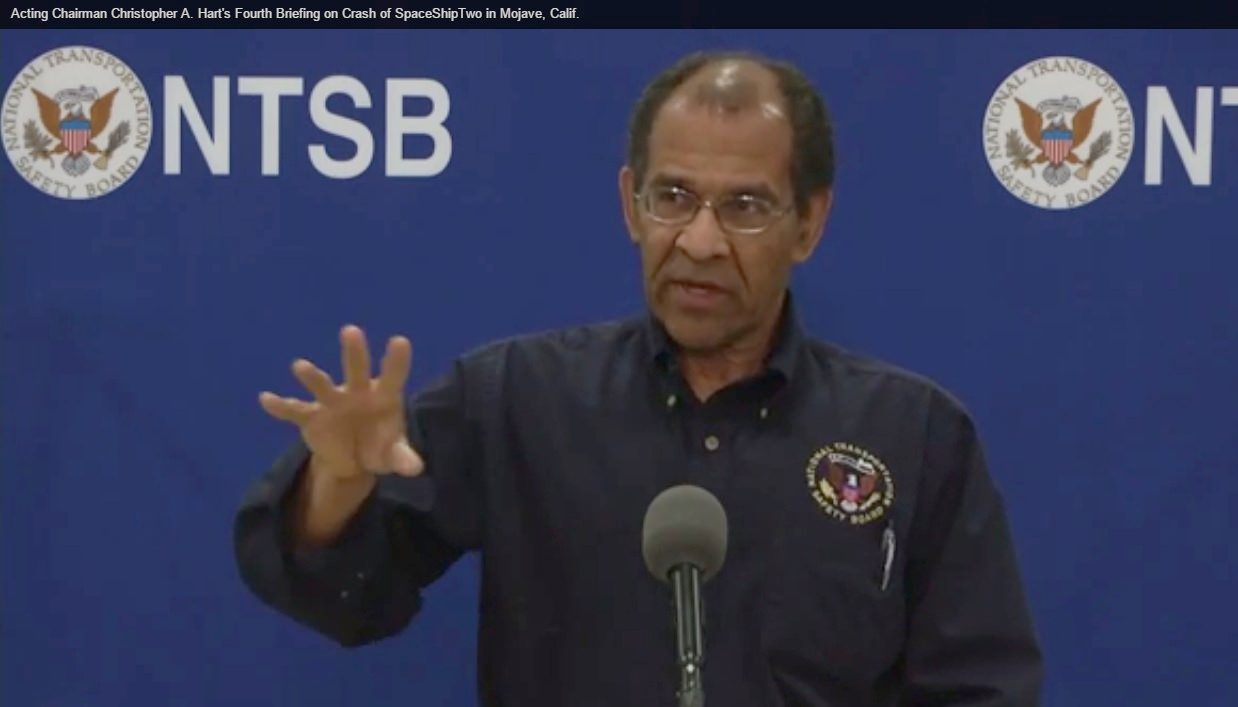Shortly after the Big Bang, the Universe had cooled to the point that the first stars could form out of the primordial hydrogen. How long did it take, and what did these first stars like?
Hydrogen soup. Doesn’t that sound delicious? Perhaps not for humans, but certainly for the first stars!
Early in the Universe, in a spectacular show of stellar soupification, clouds of hydrogen atoms gathered together. They combined with one another. The collected mass got bigger and bigger, and after a time, ignition. The first stars were alive!
Well, alive in the sense that they were burning – not that they had feelings or knew what was going on, or had opinions, or were beginning to write would what would eventually become the first Onion article or anything.
But where did all that gas come from, and can we spot the evidence of those long-ago stars today? As you know, the Big Bang got our Universe off to a speedy start of expansion. It then took 400,000 years for us to see any light at all. Protons and electrons and other small particles were floating around, but it was far too hot for them to interact.
Once the power of the Big Bang finally faded, those protons and electrons paired up and created hydrogen. This is called, rather uninventively, “recombination”. I’d rather just call it hydrogen soup. We’ve got energy. But what is the secret ingredient that sparked these stars? It was just that soup clumping together over time.
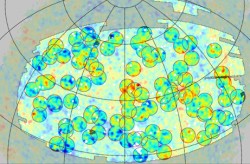
We can’t say to the minute when the first stars formed, but we have a pretty good idea. The Wilkinson Microwave Anisotropy Probe, aka WMAP examined what happened when these clouds of hydrogen molecules got together, creating tiny temperature differences of only a millionth of a degree.
Over time, gravity began to yank matter from spots of lower density into the higher-density regions, making the clumps even bigger. Fantastically bigger. So big that about 200 million years after the clumps were formed, it was possible for these hydrogen molecules to ram into each other at very high speeds.
This process is called nuclear fusion. On Earth, it’s a way to produce energy. Same goes for a star. With enough nuclear reactions happening, the cloud of gas compresses and creates a glow. And these stars weren’t tiny – they were monsters! NASA says the first stars were 30 to 300 times as massive as the sun, shining millions of times brighter.
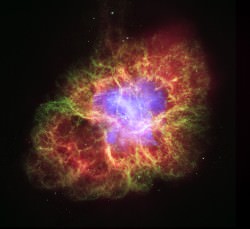
But this flashy behavior came at a price, because in only a few million years, the stars grew unstable and exploded into supernovae. These stars weren’t only exploding. They were also altering the soup around them. They were big emitters of ultraviolet light. It’s a very energetic wavelength, best known for causing skin cancer.
So, this UV light struck the hydrogen surrounding the stars. This split the atoms apart into electrons and protons again, leaving quite the mess in space. But it’s through this process that we can learn more about these earliest stars.The stars are long gone, but like a criminal fleeing the scene, they left a pile of evidence behind for their existence. Splitting these atoms was their evidence. This re-ionization is one key piece of understanding how these stars came to be.
So it was an action-packed time for the universe, with the Big Bang, then the emergence of soup and then the first stars. It’s quite an exciting start for our galactic history.
What do you think the first stars looked like?
And if you like what you see, come check out our Patreon page and find out how you can get these videos early while helping us bring you more great content!



